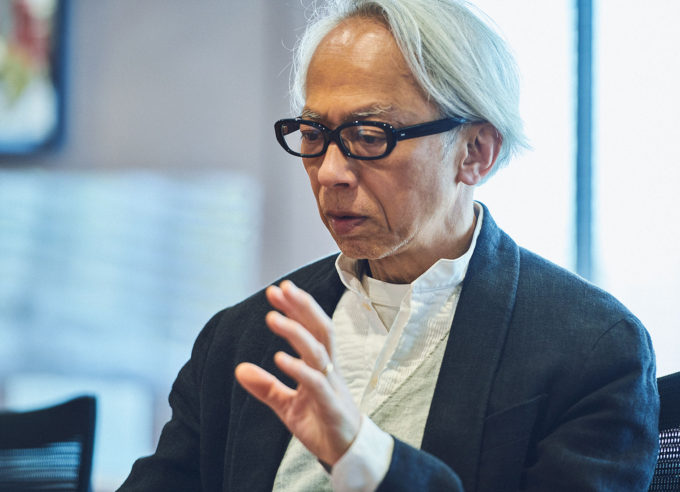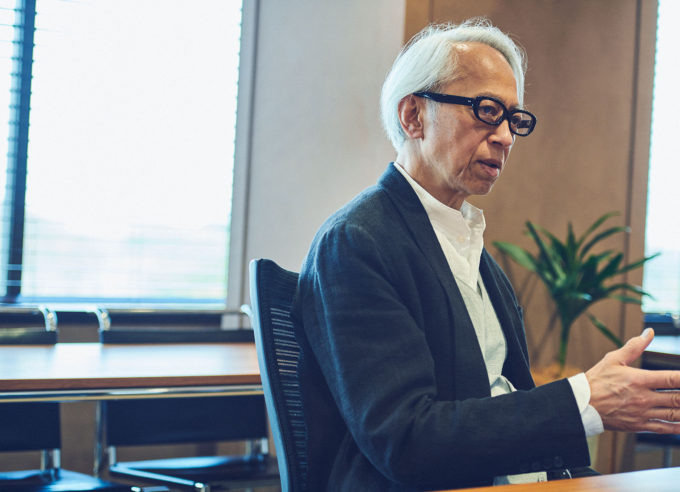You say that interaction between fashion and materials is very interesting and exciting. Do you feel that even in recent years as well?
Today, I think that more importance is placed on not only the technical aspects of materials but also the traceability of them, that is, how and where they are produced by whom and how they were transported here. So, both functionality and sustainability should be considered if suppliers or ordinary people discuss materials with a sense of reality. It is not enough to mention that the material is washable, lightweight, durable and biodegradable. I think the term “material development” may mean the holistic value of those properties in the future. In this sense, what is SOLOTEX® committed to?
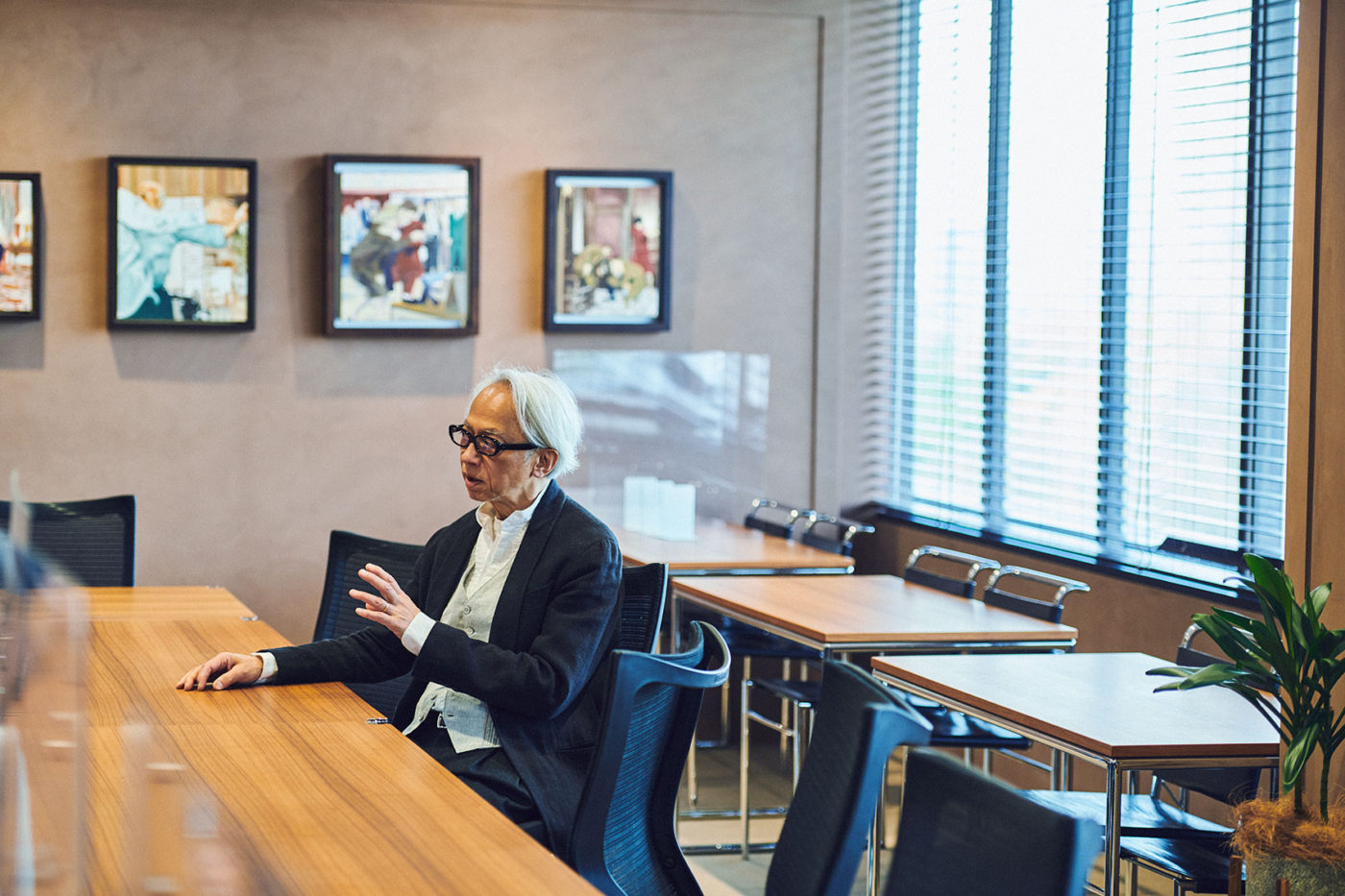
Some of the materials are plant-derived, and petroleum-derived materials are covered by recycled ones. We are promoting eco-friendliness as much as possible.
You have to be committed to those aspects in material development of the modern period. Materials should be completely different from ones that have focused only on functionality.
It is sometimes said, incidentally, that “design or development would be restricted when sustainability is considered”. I think it is just an excuse. Materials and clothing could truly evolve through such a challenge. Making an excuse before taking on the challenge earnestly would prevent evolution from taking place. I think all those who are involved in apparel, including me, should make every effort, considering that seriously.
In terms of material development, what are your expectations for the future?
I really think that it is imperative to pursue materials that combine “functionality” and “bringing environmental impact closer to zero”. Instead of that, I can personally accept that, for example, such materials are not easy to machine-wash or are required to hand-wash. It means that we put a strain or burden on users, but all people, irrespective of producers or users, should accept inconvenience a little as those who are involved in the environment. I think new possibilities would open up through taking on the challenge based on the understanding of that.
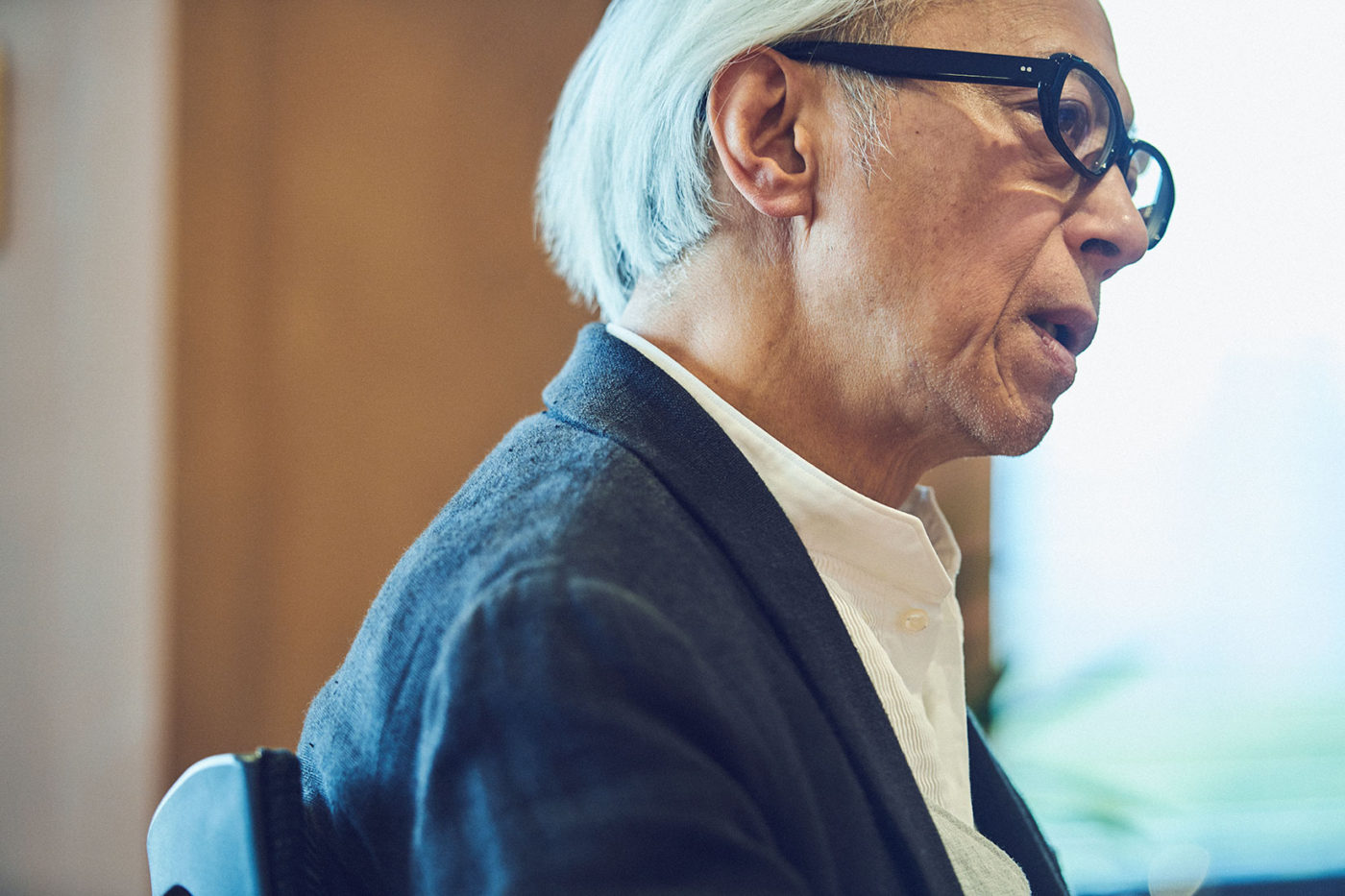
It may be easy to understand if you compared that thought to food. If we use chemical seasonings, we can easily have something reasonably nice, but there is a concern for the effects on the body. On the other hand, consciously using organic ingredients in cooking is good for the body while it requires more effort and time in procuring ingredients and preparing them. I think Japan is a country with an excellent food culture in the world and the value has already been recognized. In the same sense, if users could have interest in the materials, sewing methods and production processes, they would be able to understand that thought more quickly.
Moreover, clothes that need to be handled in such a way are likely to be worn carefully. Such clothes are not likely to be something that you can just replace with new ones when you get bored with it. And materials should be involved in the practice, which could be referred to as, so to speak, “clothing education” like “food education”. I hope evolution with a view to that.
You have talked about the value of materials. So how do you evaluate the material development technology in Japan?
I think if is wonderful. In the textile and fashion trade fair called Première Vision held in Paris, I was the first judge for the Première Vision Award. I have not been able to visit it in recent years, but I know that Japanese textiles always won a prize in the award every year.
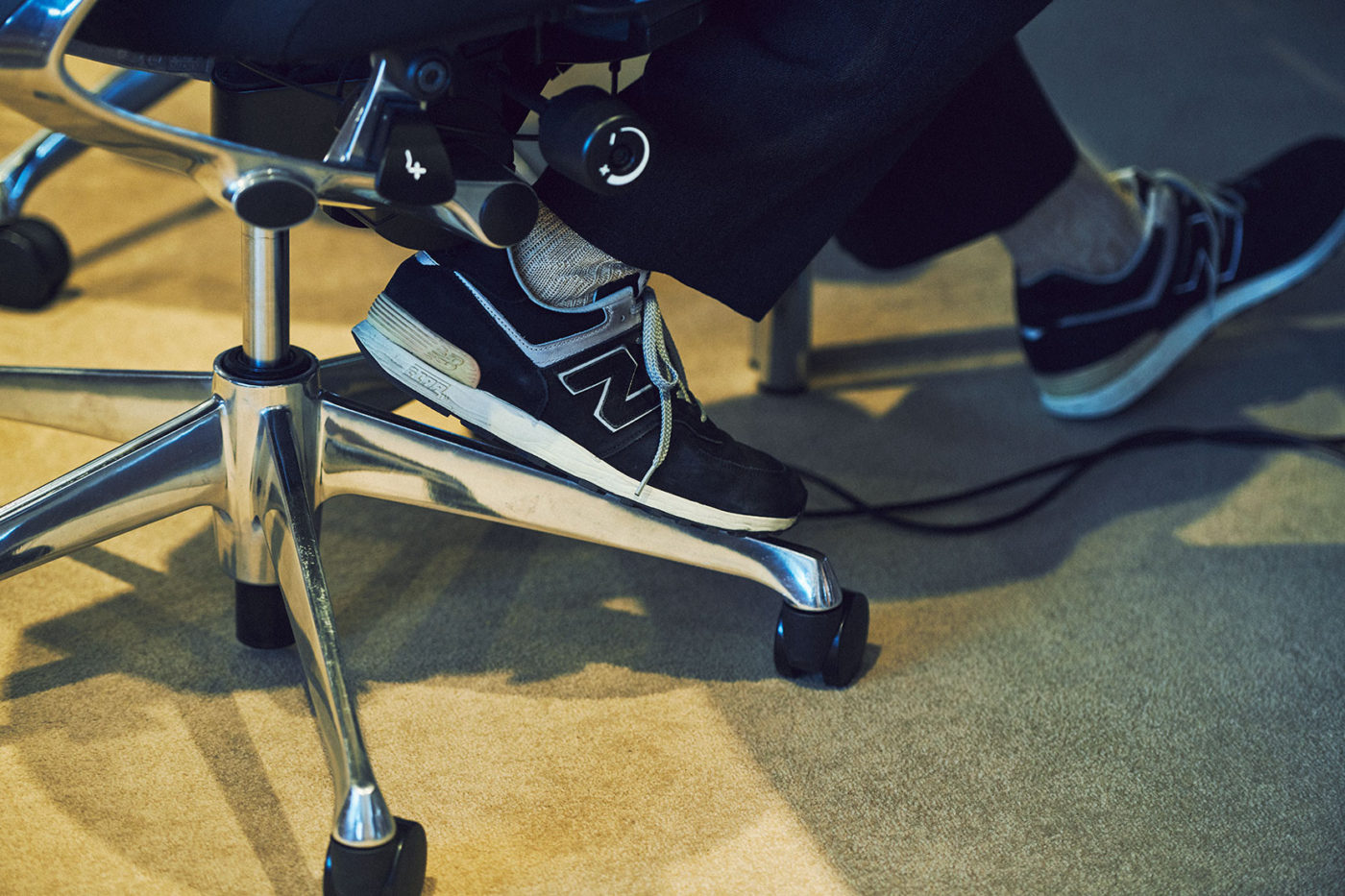
Première Vision is a really high-level textile trade fair in the world, which famous designers of couture brands and high-end fashion brands visit. And in the fair, Japanese textile manufacturers always attract attention. However, technologies are inevitably copied. And what have been copied are distributed at lower prices than the originals. Similar textiles available at lower prices always attract more buyers. Even so, I do not want Japanese textile and material manufacturers to get caught in a price war. I hope they will develop much better ones than before to lead the textile scene.
The original clothes of UNITED ARROWS are not so inexpensive to buy, but I think it is nonsense to compete on inexpensiveness. It would be rather productive to create what consumers less get tired of or less tend to be discarded. This is one of the reasons that we use SOLOTEX®.
Updated information is available via the solotex official account.
Hirofumi KurinoHirofumi Kurino
Entered SUZUYA.CO.LTD. at the time of graduation from university in 1977.
Joined BEAMS Co., Ltd. in 1978, and held the positions as the managers of major shops, buyer, director, press agent and planning manager, followed by the establishment of UNITED ALLOWS LTD. in 1989.
Recognized as an Honorable Fellow from Royal College of Art in 2004.
Currently assumes the position of Senior Advisor for Creative Direction at UNITED ARROWS LTD.


